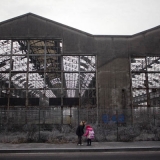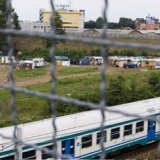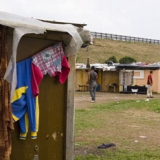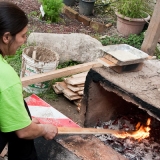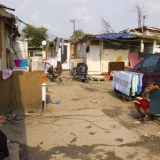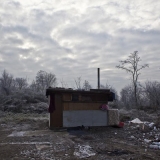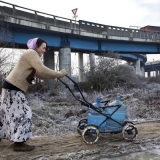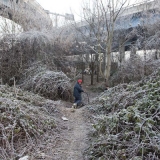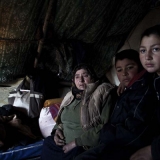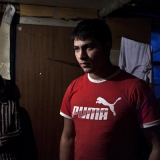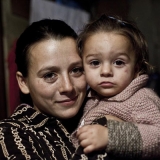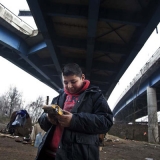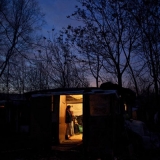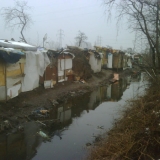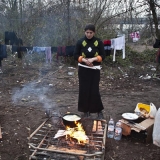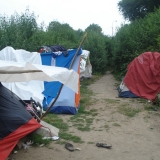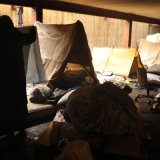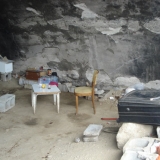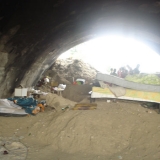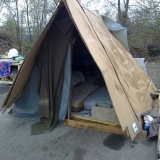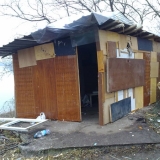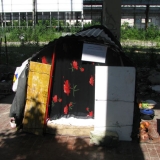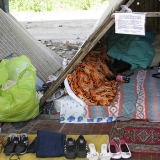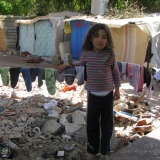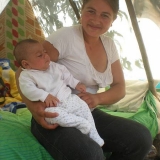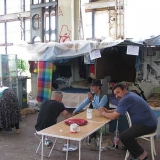|
The phenomenon of illegal settlements is common to many metropolitan areas in Europe. Its origins lie in the difficult access to the housing market experienced by city dwellers and by recent immigrants in particular.
Illegal settlements are in no way typical of Gypsy groups alone; rather, the presence of considerable numbers of Roma people, particularly from Romania, in Milan’s slums is due to their difficult socioeconomic conditions. Most shantytowns are located in peripheral areas of cities that were already illegally settled and evacuated in the past. This kind of housing is characterized by informality and illegality of self-erected buildings and by the occupation of public places, even when they are not officially declared fit for human habitation.
Life in shantytowns is very hard. This can be proved by merely looking at the statistics: a Roma child born in one of Italy’s shantytowns has a life expectancy of 50 years. The hallmarks of such slums are overpopulation, substandard housing, inadequate access to clean water and sanitation systems. Slum dwellers are excluded from municipal services ranging from waste collection to social welfare. Many young shantytown dwellers fail to comply with compulsory schooling requirements.
Slum life is marked by the total "precariousness of life." Slum dwellers are often acutely aware that they could suddenly lose everything they have. Hence their insecurity of ownership of tangible objects and their increased chances of breaking off the relationships they may have established with their surroundings: schools and other educational institutions, help centers, interpersonal relationships etc. The authorities’ repeated forcible evacuations of slums exert a highly negative psychological impact, especially on children.
|
Slums in the outskirts of Milan (Italy), 2010-12
Photos of slums and informal housing (tents, caves, overpasses, abandoned buildings) inhabited by Roma Romanians.
|



